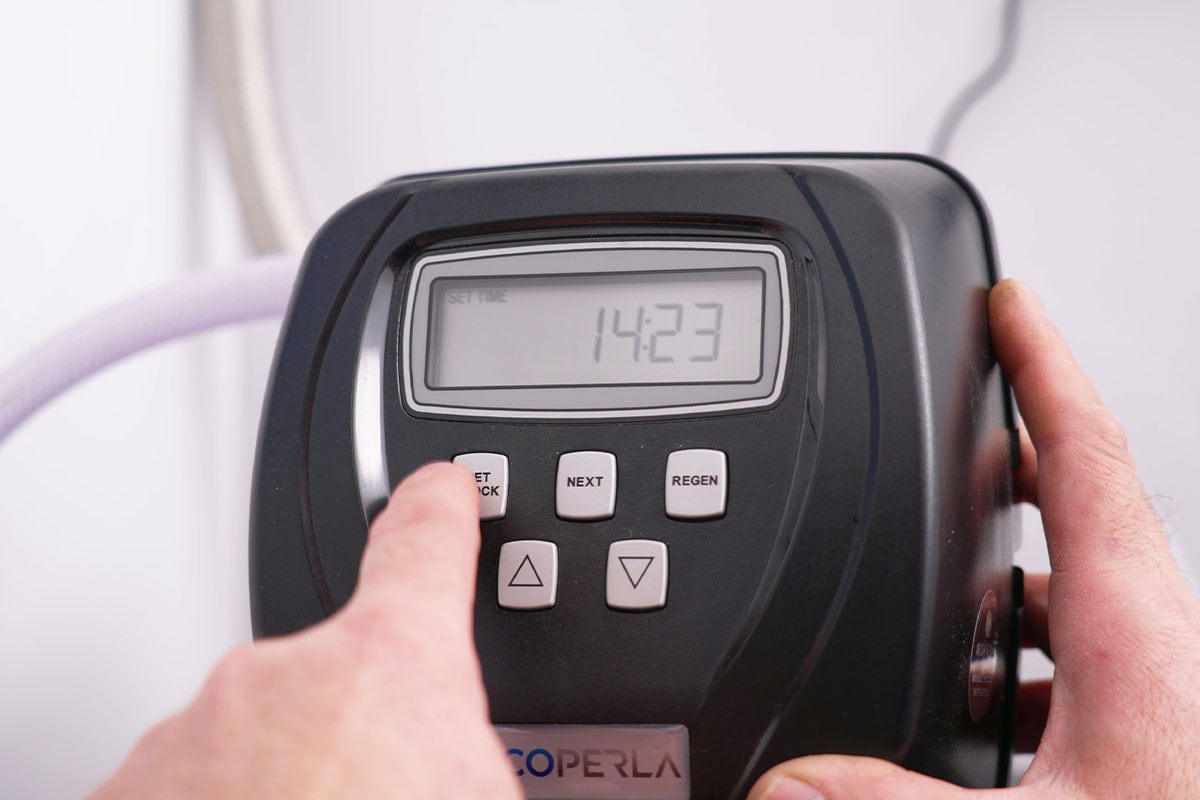Water softeners are essential tools that help combat hard water, rich in calcium and magnesium ions, which can cause a range of problems, from scale on dishes to damage to pipes and appliances. They work on the principle of ion exchange, where hard water is passed through softening resins that absorb these unwanted ions and replace them with sodium ions. Over time, these resins become saturated with calcium and magnesium ions, making them less effective at softening water. At this point, they must be regenerated with brine (saline solution) to become effective again. There are two main types of regeneration that relate to the direction of brine flow through the resin bed: upflow and downflow. Each of them has its own specific features and benefits that are worth considering when choosing a water softener.
Downflow regeneration - introducing brine from the top
The downflow downflow regeneration process is a method where brine is introduced on top of the resin bed and flows down. This is a very popular method used in many water softeners, primarily due to its simplicity in setting.
The brine introduced at the top of the resin bed follows gravity and flows downwards, "washing" the resins as it moves. This flow is directly dependent on the hydraulic system of the head, which controls the regeneration process.
The popularity of downflow regeneration is mainly due to its simplicity. It does not require complicated settings or specialized configuration of the head, making it easier to use and maintain.
Upflow regeneration - brine from the bottom up
On the other hand, we have upflow regeneration, which, as the name suggests, works against the flow direction. In this case, the brine is introduced at the bottom of the resin bed and travels up through the riser.
Upflow regeneration, although it requires more care when dimensioning the softener and configuring the head, allows optimization of regeneration even at the level of 10%. This means that regeneration is more efficient, which translates into saving salt and water.
In addition, upflow regeneration allows operation in alternate brine flush mode, which is especially useful in specific and critical applications. This can help to reduce or delay ion leakage, which means the resin maintains its effectiveness for a longer period of time.
Upflow and Downflow regeneration
When choosing a water softener, it is important to understand the differences between upflow and downflow regeneration. Both methods have their advantages and disadvantages, and the choice between them depends on many factors, such as water hardness, salt availability and the specific requirements of the system.



